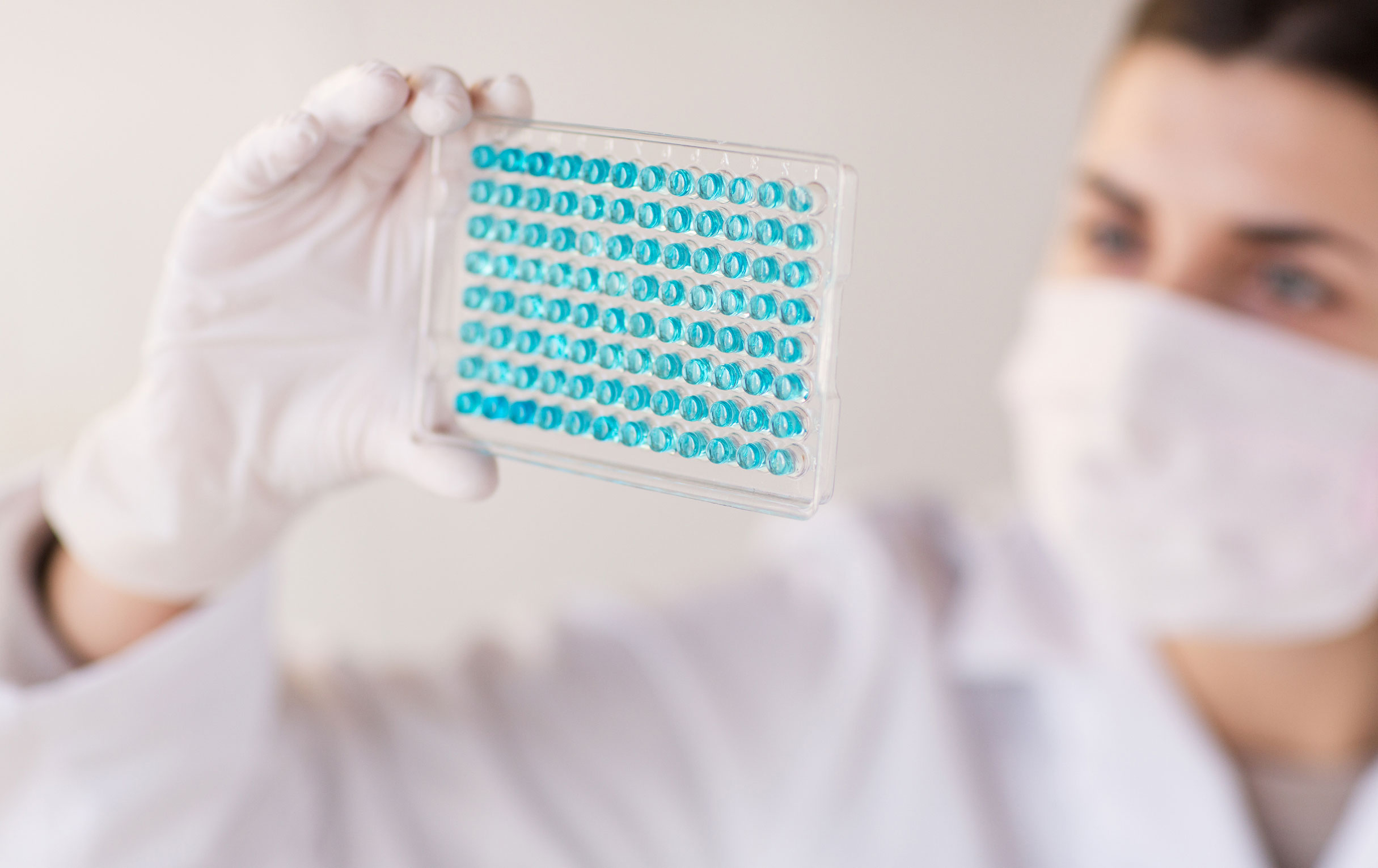Vertical integration is not a new concept but is becoming a popular strategy for industries looking to streamline their operations.
EV companies that design and manufacture their own batteries then acquire lithium mines and operate transport ships for export. Digital content streamers produce content in-house, while film studios set up streaming platforms. More recently, tech giants have been buying AI start-ups to incorporate the latest technologies into their products and services.
However, one of the world’s biggest industries is moving in the opposite direction. In recent years, the global pharmaceutical industry—valued at over $1.5tn —has seen major players contract out not just the manufacturing of pharmaceutical products but also manufacturing process development to contract development and manufacturing organisations (CDMOs).
We have been seeing a similar wave of horizontal specialisation in pharma, leading to a boom in CDMOs
Tadashi Murano,
president of the Life Science Company at AGC Group
“As with outsourcing in the manufacture of smartphones or the rise of fabless chipmakers, we have been seeing a similar wave of horizontal specialisation in pharma, leading to a boom in CDMOs,” says Tadashi Murano, president of the Life Science Company, a division focused on the CDMO business at Japan-based AGC Group.
According to data from Evaluate Pharma, GlobalData and AGC’s estimation, the market for outsourcing the manufacture of drug substances, currently at around $3bn, is estimated to grow at a CAGR of 9 per cent from 2024 to 2028. The growth rates for next-generation cell and gene therapies and conventional biologics (drugs that are derived from living organisms) are expected to be even higher, at 45 per cent and 13 per cent*, respectively.
“Due to the increasing demand for outsourcing from big pharma and smaller start-ups, growth of the CDMO market is higher than the pharma sector as a whole and we expect this upward curve to persist,” says Murano.
The market for CDMOs is estimated at 3bn but is expected to grow further
Source: Estimated by AGC from Evaluate Pharma, Global Data (as of May 2024)
Percentages rounded up to the nearest whole numbers
Currently, the top 10 CDMO companies worldwide including AGC secure an estimated 70 per cent of all contracts for outsourced manufacturing of biopharmaceutical drug substances. Murano says that faced with an increasingly complex, R&D-intensive and diversified range of drugs, as well as new modalities of production, CDMOs help reduce development and manufacturing costs, timelines and capital investments. They offer manufacturing and quality control expertise that cannot be developed overnight, particularly by start-ups and the academic sector, which may lack the necessary equipment, know-how and capital to bring newly discovered drugs to market, explains Murano.
Covid-19 accelerated these trends. While Pfizer-BioNTech and Moderna became household names, many of these new types of Covid vaccines were manufactured by CDMOs, including AGC. The support of these organisations was crucial to the rapid roll-out of next-generation vaccine technology like mRNA. Consequently, the stock prices of top CDMO players saw substantial increases during the pandemic.

What makes a great CDMO?
“CDMOs must have technical expertise, production capacity, flexibility, a strong quality culture, as well as a reliable track record, of which the last is perhaps most important,” says Murano. Before any pharmaceutical can reach patients, regulatory authorities, such as the US Food and Drug Administration (USFDA) and European Medicines Agency (EMA) inspect production sites and processes to ensure they pass stringent safety standards.
Unlike outsourcing in other sectors, customers in the pharmaceutical industry face pressure to recover increasing R&D costs
Tadashi Murano,
president of the Life Science Company at AGC Group
“Unlike outsourcing in other sectors, customers in the pharmaceutical industry face pressure to recover increasing R&D costs,” he adds. “They particularly value partners who have a track record in developing robust production processes for even the most challenging molecules, who can pass regulatory inspections without delays.”
Murano points to AGC’s network of 10 sites in the US, EU and Japan, which have all passed inspections for various types of pharmaceutical manufacturing, including small molecule pharmaceuticals, biopharmaceuticals and cell and gene therapies, across multiple markets.
Aside from the need to pass regulatory inspections, another critical factor for leading CDMOs is their ability to maintain production capabilities across different regions.
The pandemic massively disrupted supply chains, prompting governments to advocate for on-shoring and near-shoring pharma manufacturing. This, coupled with emergence of new treatments like ex vivo gene therapies, which involve the use of cells from patients, is expected to drive the need for production closer to patients in various markets.
Over the past decade, AGC has aggressively acquired leading CDMOs and the manufacturing sites of pharmaceutical companies in Europe and the US. This strategy expands their geographic reach and allows them to develop cutting-edge expertise in next-generation drug manufacturing.
AGC has a broad production network in Japan, the United States and Europe
1Seattle (US) |
2 3Colorado (US) |
4Copenhagen (Denmark) |
5Heidelberg (Germany) |
6Milan (Italy) |
7Malgrat de Mar (Spain) |
8Fukui (Japan) |
9Chiba (Japan) |
10Yokohama (Japan) |
Naturally, pharma companies increasingly seek flexibility in production as new modalities and types of pharmaceuticals increase, leading to diverse manufacturing needs. A CDMO's competitiveness depends on providing services across all stages, from development of early phases to commercial-scale manufacturing for both traditional and next-generation biologics.
AGC exemplifies this flexibility with its depth and breadth of capabilities. It boasts the world’s second-largest capacity for SUB (single-use bag) bioreactors. Since these bioreactors use disposal bags that do not need washing, the process is more efficient and is well-suited for small to medium-scale multi-product production.
Additionally, the firm has introduced large-scale SUS (stainless steel) bioreactors to meet large-scale manufacturing demands.
Different stages of drug development and manufacturing scales require different manufacturing capabilities
Source: AGC
This range of capabilities enables AGC to act as a one-stop shop, supporting initial development phases through to global production ramp-ups.
Looking forward with fast pharma
AGC is working on developing next-generation pharmaceuticals. The company has begun offering CDMO services for exosome (extracellular vesicle)-based therapies and to collaborate with other companies on so-called fill-and-finish operations, referring to the process of filling vials, syringes, or other containers with a drug product and then sealing them for distribution.
“Looking forward, we hope to leverage our core strengths as a materials maker and apply digital technologies like material informatics, developed for our other material businesses, to the pharma,” says Murano. “The goal is to revolutionise pharma manufacturing.”
By utilising technological expertise, a flexible global production network, and a proven track record, CDMOs like AGC say they can continue contributing to patients and society as essential partners.
We hope to help develop and manufacture various next-generation pharmaceuticals for diseases which were not curable before such as cancer and Alzheimer’s
Tadashi Murano,
president of the Life Science Company at AGC Group
“Next-generation antibody, cell and gene therapy, antibody-drug conjugates, cell transplants, mRNA, iPS cells and exosomes, we hope to help develop and manufacture various next-generation pharmaceuticals for diseases which were not curable before such as cancer and Alzheimer’s,” says Murano.
AGC’s strategies and capabilities are already driving advancements in the pharmaceutical industry. By integrating cutting-edge technologies with a flexible global production network, CDMOs like AGC are enabling the industry to focus on addressing some of the most pressing challenges in modern medicine.
* Percentages rounded up to the nearest whole numbers






